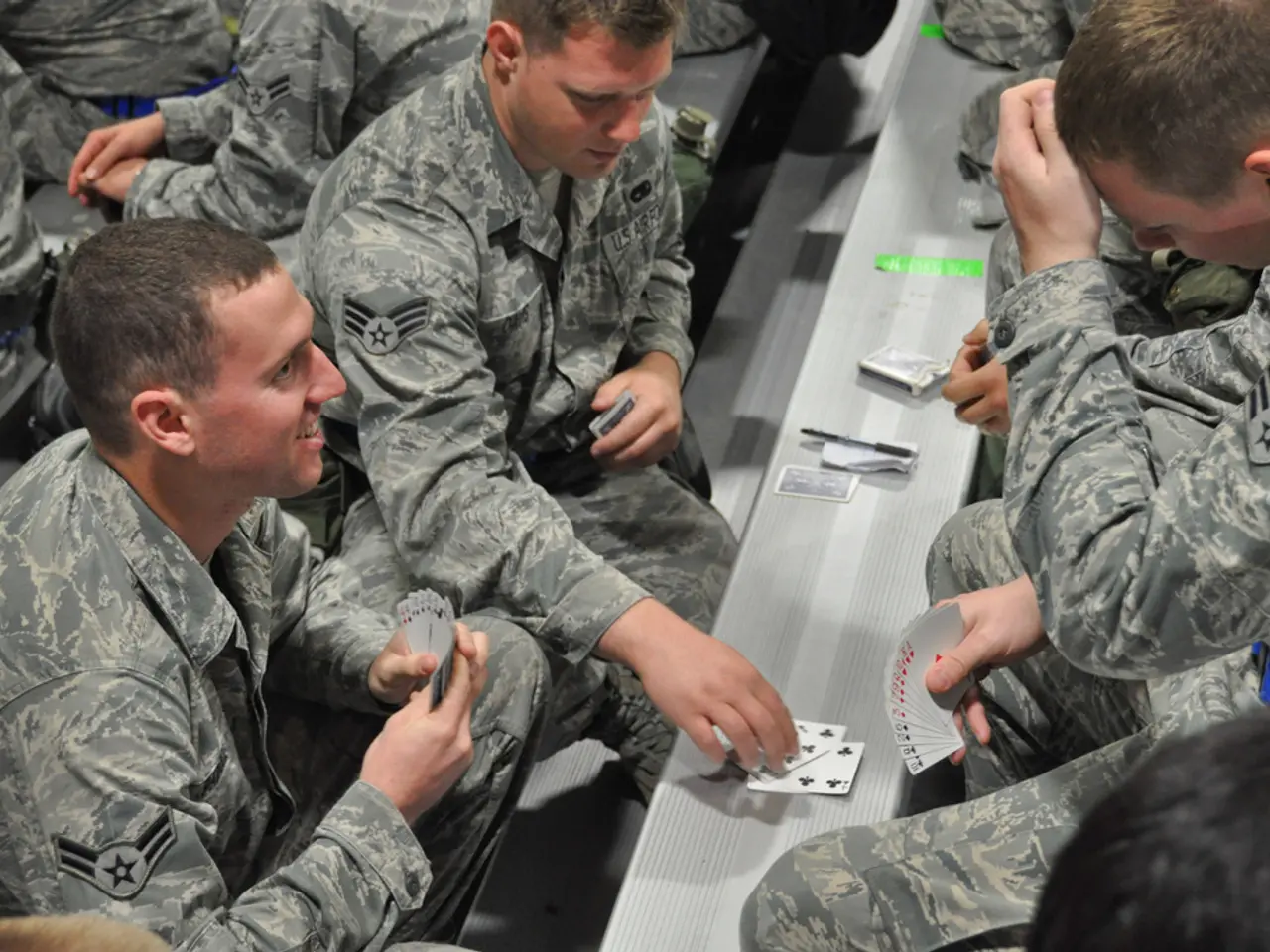Understanding a Poker Player's Seating Position: The Impact of Your Chair on Your Winning Streak!
In the world of poker, position plays a crucial role in shaping winning strategies among professionals. The location of a player relative to the dealer button, known as poker position, provides significant advantages and control over the pot.
Poker position is divided into three main categories: early, middle, and late. Early position includes players who act right after the big blind, such as the Under the Gun (UTG) player who acts first pre-flop. Tight play and patience are key for early position players until they get a solid hand, like premium cards such as AA, KK, or QQ.
Middle position, which includes players such as the hijack, lojack, or MP1, offers a balance between early and late positions. It provides more information than early but still requires caution. In multi-way pots, positional advantage helps assess opponents’ reactions before committing chips with drawing hands, increasing the chances of making correct folds or aggressive plays. If early players are aggressive, middle position players should tighten up. Conversely, if players behind are tight, middle position players can try to be more aggressive.
The hand range should be expanded cautiously in middle position, watching opponents' tendencies and ready to fold if players behind show aggression. Middle position calls for a mix of patience and strategic aggression.
Late position, including the dealer button, the cutoff (right before the dealer), and sometimes the hijack, depending on the number of players, is considered the poker player's paradise. Acting last in late position can be a significant advantage, as players can observe their opponents' actions before making decisions, allowing them to play a wider range of hands more profitably and apply pressure strategically. Late position players can control the pot size, deciding whether to check, call, or raise.
Moreover, late position offers more opportunities for bluffing, as players can gauge who has weak and strong hands. In late position, a looser strategy is recommended, raising more to steal blinds and bluffing smartly, but folding if aggressive players are ready to fight back. Being "in position" means acting last on each betting round, which enables players to control pot size, bluff effectively, and manage risk more efficiently.
Mastering one's position is the first step from being a casual player to a serious contender. Winning in poker can sometimes be about playing the right seat, not just the right hand. So, next time you sit down at the poker table, remember that your position can make all the difference.
When planning poker strategies, understanding the advantage of late position is crucial, as it offers more opportunities for bluffing and controlling pot size, making it the poker player's paradise. In contrast, early position necessitates patience and careful hand selection, with tight play often required until premium cards like AA, KK, or QQ are held.




